You can watch India's Aditya-L1 solar probe launch live on Sept. 2. Here's what it will do.
After becoming the first nation to land a spacecraft near the lunar south pole, India is setting its sights on the sun.
After becoming the first nation to successfully land a spacecraft near the south pole of the moon, India is setting its sights on a brighter target. The Indian Space Research Organisation (ISRO) will soon launch its first solar observatory, on a mission to investigate some pressing sun mysteries.
The spacecraft, Aditya-L1, is scheduled to launch atop a Polar Satellite Launch Vehicle (PSLV) on Saturday (Sept. 2) at 2:20 a.m. EDT (0620 GMT) from Satish Dhawan Space Centre in Sriharikota, India. You can watch it here on Space.com, courtesy of ISRO.
The launch will send Aditya-L1 into low-Earth orbit. The probe will then engage its propulsion system and head to the Earth-Sun Lagrange Point 1 (hence the L1 part of the mission's name; "Aditya" means "sun" in Sanskrit), a gravitationally stable about 1 million miles (1.5 million kilometers) from our planet. From there, Aditya-L1 will be able to study the sun without interference from eclipses or occultations.
Related: Space weather: What is it and how is it predicted?
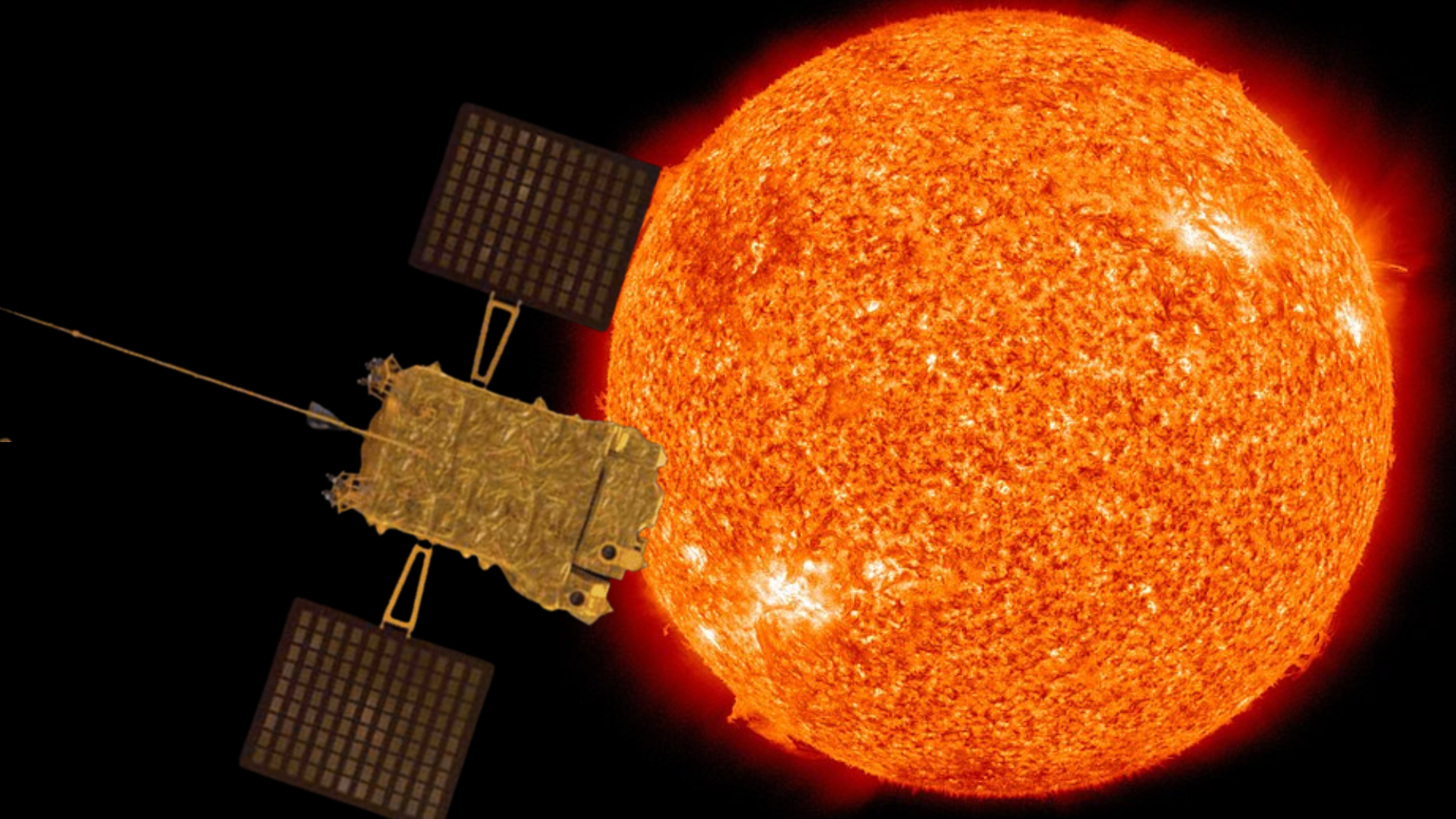
The mission has many scientific objectives. Its seven instruments are designed to observe the sun's atmosphere, its surface (known as the photosphere) and the magnetic fields and particles around our star and closer to home.
One of the most intense regions of study for Aditya-L1 will be the sun's upper atmosphere, home to one of the most longstanding and troubling mysteries in solar science — the coronal heating problem.
Investigating the sun's hottest mystery
The corona, made of wispy and nebulous plasma, is of particular interest to solar scientists because of how hot it is. That might sound like a given. After all, we are talking about the atmosphere of the sun here.
Get the Space.com Newsletter
Breaking space news, the latest updates on rocket launches, skywatching events and more!
The issue is that the corona is too hot. It's hotter than the solar surface — far, far hotter. The temperature of the corona can reach 2 million degrees Fahrenheit (1.1 million degrees Celsius), according to NASA. The photosphere, around 1,000 miles (1,600 km) below it, has an average temperature of around 10,000 degrees F (5,500 degrees C), meaning the sun's outer atmosphere is about 200 times hotter than its surface!
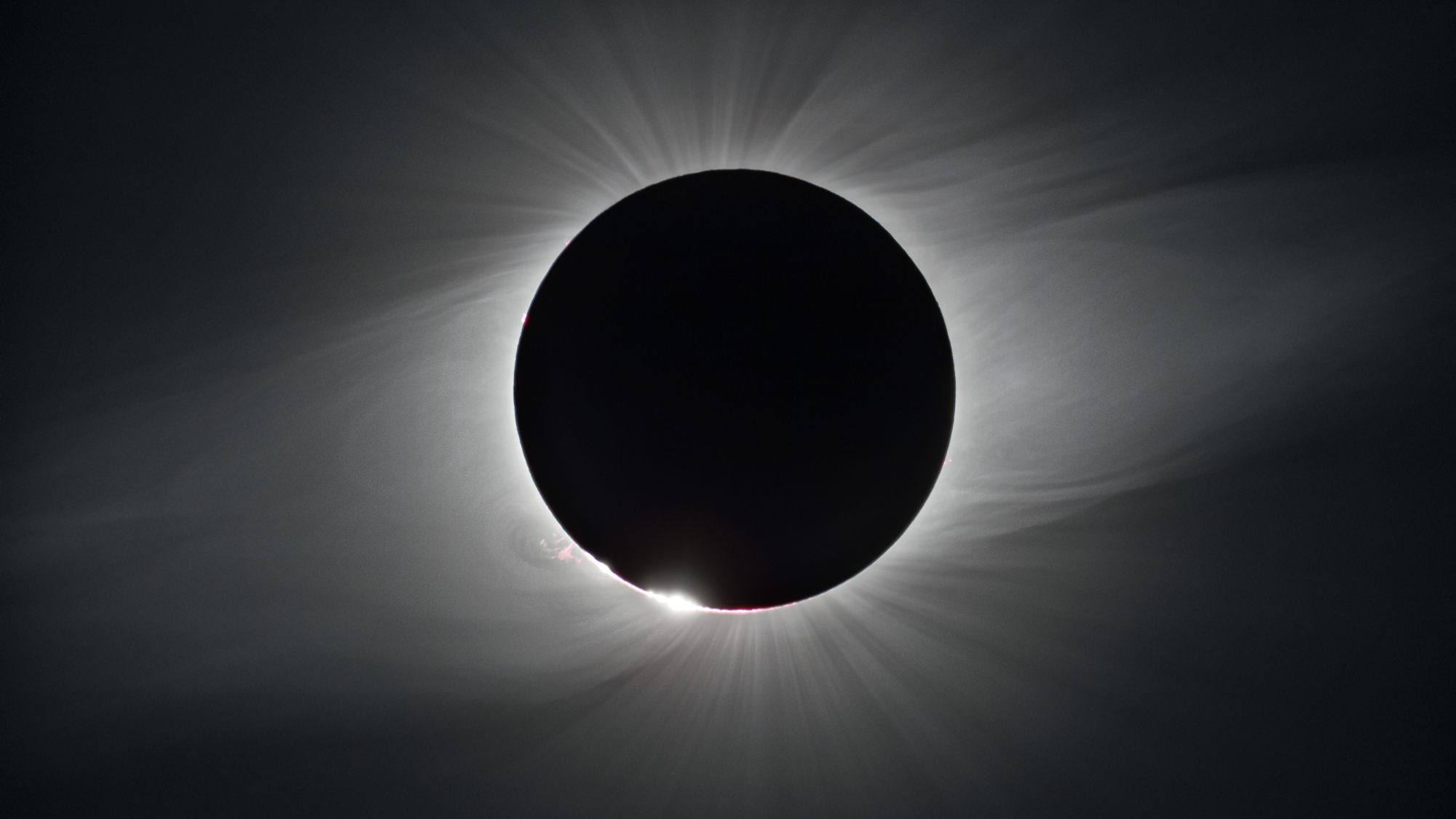
To see why this is so puzzling, imagine a slightly less "out there" example. During a camping trip, you light a campfire, and as you are toasting marshmallows, you notice that the treats roast faster when you hold them farther from the fire. You check and indeed find that the air farther away from the campfire is hotter than the air closer to it. That's akin to what is happening with the corona.
The vast majority of the sun's heat comes from the nuclear fusion at its core. So, temperatures should increase moving toward the heart of our star. And the layers of the sun do conform to this prediction — except for the corona, and scientists are desperate to know why.
Studying the corona is difficult to do here on Earth because photons — particles of light — from the sun's surface dominate and "wash out" those from the outer atmosphere.
The best way to see the corona from Earth is to wait for a total solar eclipse, when the disk of the moon obscures the photosphere and the wispy corona is no longer overpowered. Alternatively, solar scientists can use an instrument called a coronagraph, which attaches to a telescope and replicates this effect.
Aditya-L1 will carry such an instrument, called the Visible Emission Line Coronagraph (VELC). The ISRO probe will also take ultraviolet images of the corona and photosphere using its Solar Ultraviolet Imaging Telescope (SUIT).
Aditya-L1 will do more than just investigate the coronal heating mystery. The probe will also look at solar flares and coronal mass ejections (CMEs), powerful events that can affect life here on Earth.
Related: The worst solar storms in history
Checking out explosive solar weather
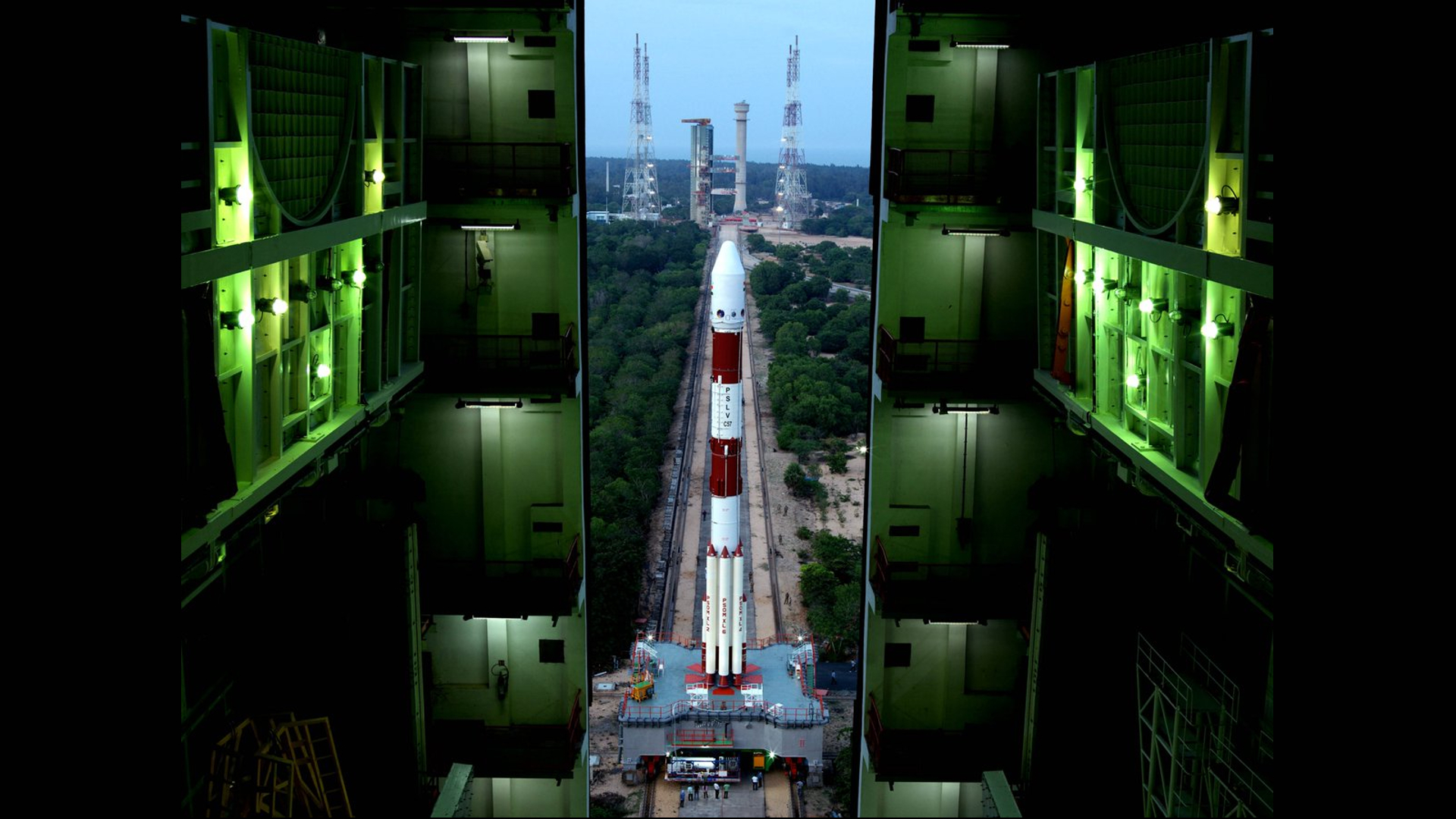
CMEs are huge clouds of solar plasma blasted into space when the sun's magnetic field lines become twisted and then "snap back" into realignment, a process called magnetic reconnection.
This usually occurs in regions of the sun that are particularly active, something that can be indicated by the presence of sunspots. Sunspots, also known as active regions, can also give rise to solar flares, which are bursts of electromagnetic radiation that often accompany CMEs but can also occur independently.
Magnetic reconnection hurls out solar plasma at speeds as great as 7 million mph (11 million kph) — around 4,500 times faster than the top speed of a jet fighter. Aditya-L1 will look for the mechanisms that drive these solar phenomena, hunting for processes in the corona and in deeper layers of the sun.
Additionally, the spacecraft will look at these events after they have traveled away from the sun.
CMEs directed at Earth can reach our planet in as little as 15 to 18 hours, with slower clouds often taking days to reach us.
Aditya-L1 will study how this plasma changes during its journey from the sun to Earth. It will also make in-situ measurements of the plasma environment close to our planet, using its Aditya Solar wind Particle Experiment (ASPEX) and the Plasma Analyser Package For Aditya (PAPA).
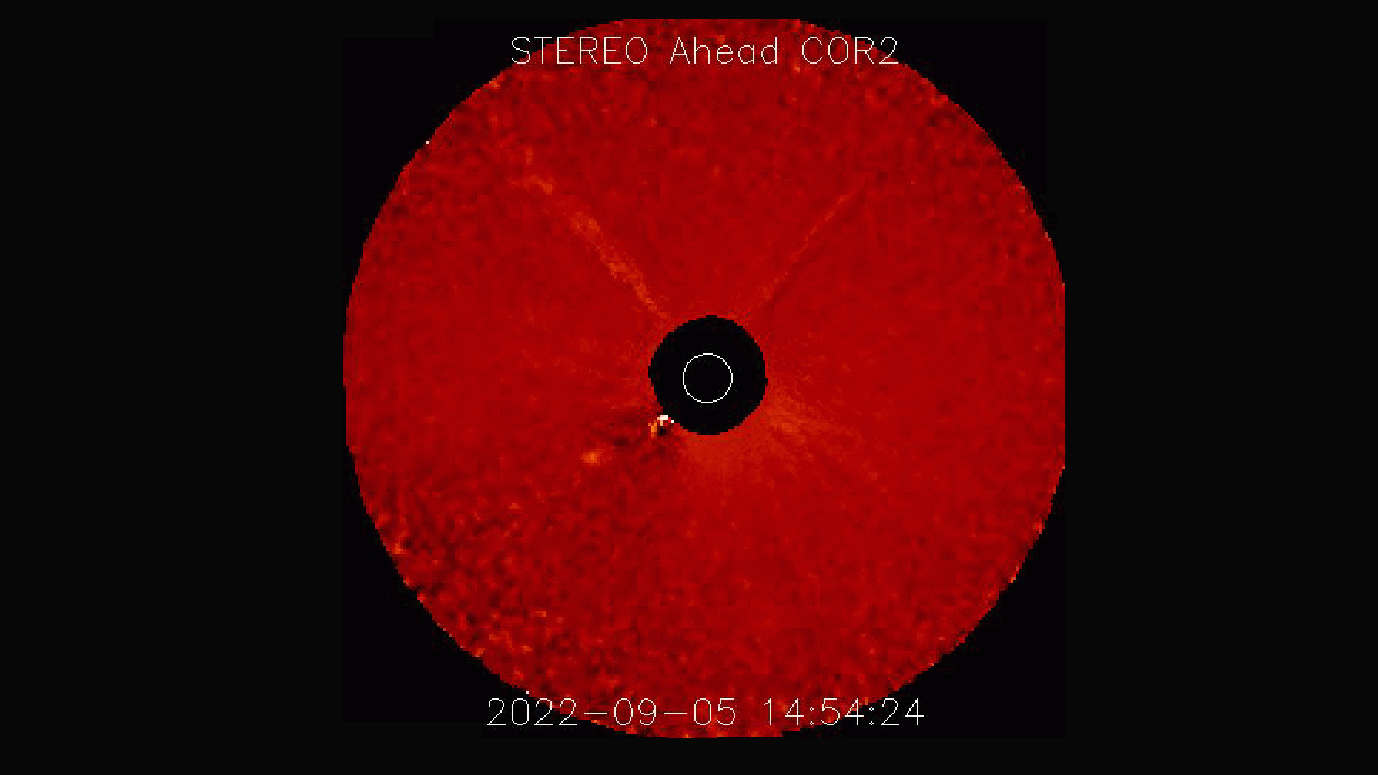
The charged particles blasted out by Earth-directed CMEs are channeled down our planet's magnetic field lines. They then collide with atoms of oxygen and nitrogen in Earth's upper atmosphere, creating dazzling light shows called auroras over our planet's poles. But CMEs can also create space weather conditions around Earth that aren't quite so pleasing.
For example, the eruptions can spark powerful geomagnetic storms, which can affect satellites and even communication and power infrastructure here on Earth. So it's vital to understand space weather and the plasma environment of Earth, scientists say. Also important is the understanding of magnetic fields around our planet, which Aditya-L1 will study using its Advanced Tri-axial High-Resolution Digital Magnetometer instrument.
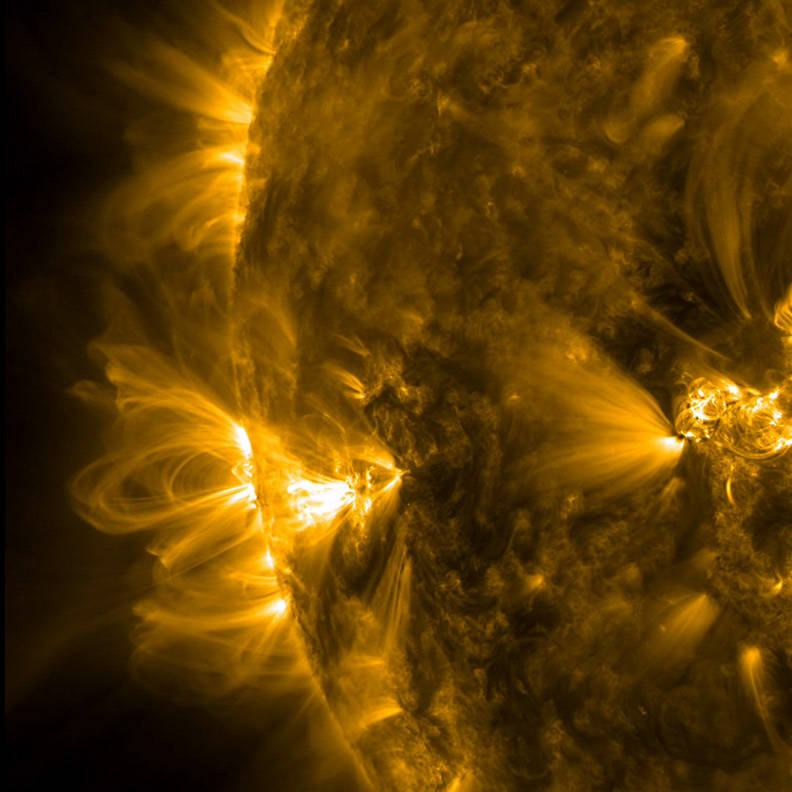
Other sun puzzles for Aditya-L1
Aditya-L1 will also examine coronal loops, massive hoops of plasma that happen when the curved arc of a magnetic field reaches out of the photosphere and channels plasma through it.
These loops extend out for thousands of miles, making the sun appear like a massive, messy ball of plasma yarn.
Coronal loops appear to be connected to sunspots; the loops tend to stretch from one of these dark patches on the sun and terminate at another. Scientists aren't quite sure what the three-dimensional structure of coronal loops is. Some recent research suggests they don't balloon out as much as they should at high altitudes, indicating that some coronal loops could actually be 2D illusions.
Aditya-L1 will take diagnostics of coronal loops and the plasma that comprises them, measuring their temperature, velocity and density. The spacecraft will also examine the dynamics of the sun's magnetic field that guide coronal loops.
The probe's launch follows shortly on the heels of the successful touchdown of India's Chandrayaan-3 mission, which last week aced the first-ever soft landing near the moon's south pole.
Join our Space Forums to keep talking space on the latest missions, night sky and more! And if you have a news tip, correction or comment, let us know at: community@space.com.

Robert Lea is a science journalist in the U.K. whose articles have been published in Physics World, New Scientist, Astronomy Magazine, All About Space, Newsweek and ZME Science. He also writes about science communication for Elsevier and the European Journal of Physics. Rob holds a bachelor of science degree in physics and astronomy from the U.K.’s Open University. Follow him on Twitter @sciencef1rst.









